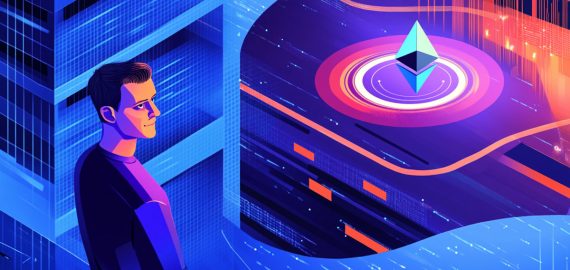OpenAI Introduces New Research Infrastructure Framework for Secure AI Model Training
In Brief
OpenAI has rolled out a novel framework for its research infrastructure, aimed specifically at ensuring the secure training of cutting-edge AI models.

An organization dedicated to artificial intelligence research OpenAI unveiled its new research infrastructure framework tailored to improve secure training processes for advanced AI models.
OpenAI operates the world’s largest supercomputer for AI training, emphasizing advancements in AI research while maintaining a strong focus on security. The main goal of this framework is to protect crucial components such as model weights and algorithms from unauthorized access.
To achieve this security mission, the architecture integrates several critical protective features. This includes a foundational identity framework that leverages Azure Entra ID for managing authentication and authorization, ensuring that risks are verified and malicious login attempts are detected during session initiation. Additionally, the Kubernetes Architecture oversees infrastructure workloads, securing the research environment through policies like Role-Based Access Control (RBAC) and Admission Control.
Prioritizing the protection of sensitive data requires the safeguarding of credentials and other vital information with key management services that allow access strictly to authorized workloads and users. The Identity and Access Management (IAM) system for researchers and developers adopts a 'least privilege' access model, effectively administering internal authorizations via the AccessManager service and employing a multi-party approval system to regulate access to sensitive resources. Finally, stringent controls are in place for access to Continuous Integration (CI) and Continuous Delivery (CD) pipelines, ensuring that infrastructure code configurations remain secure and consistent.
OpenAI has instituted numerous layers of security controls to reduce the risk of model weight theft, utilizing both internal and external research and development teams to meticulously evaluate and enhance security protocols. Moreover, the organization is actively pursuing security and compliance standards specifically designed for artificial intelligence systems, aiming to tackle the distinct challenges faced in protecting AI technologies.
OpenAI Forms Safety and Security Committee to Oversee AI Development
OpenAI is unwavering in its commitment to enhancing security frameworks that align with its overarching mission.
Recently, OpenAI announced through its Board of Directors the formation of its Safety and Security Committee which is charged with supervising and guiding the development path of AI, with a special emphasis on safety and security protocols. This committee’s duties include assessing and refining OpenAI’s existing security measures, as well as proposing additional strategies to ensure adherence to safety and security standards.
Disclaimer
In line with the Trust Project guidelines Please be aware that the information on this page is not intended as and should not be construed as legal, tax, investment, financial, or any other type of advice. It's critical to invest only what you can afford to lose, and to seek independent financial counsel if uncertainties arise. For further insights, we recommend reviewing the terms and conditions along with the help and support sections offered by the issuer or advertiser. MetaversePost strives for accuracy and impartial reporting, but market conditions may shift without notice.







